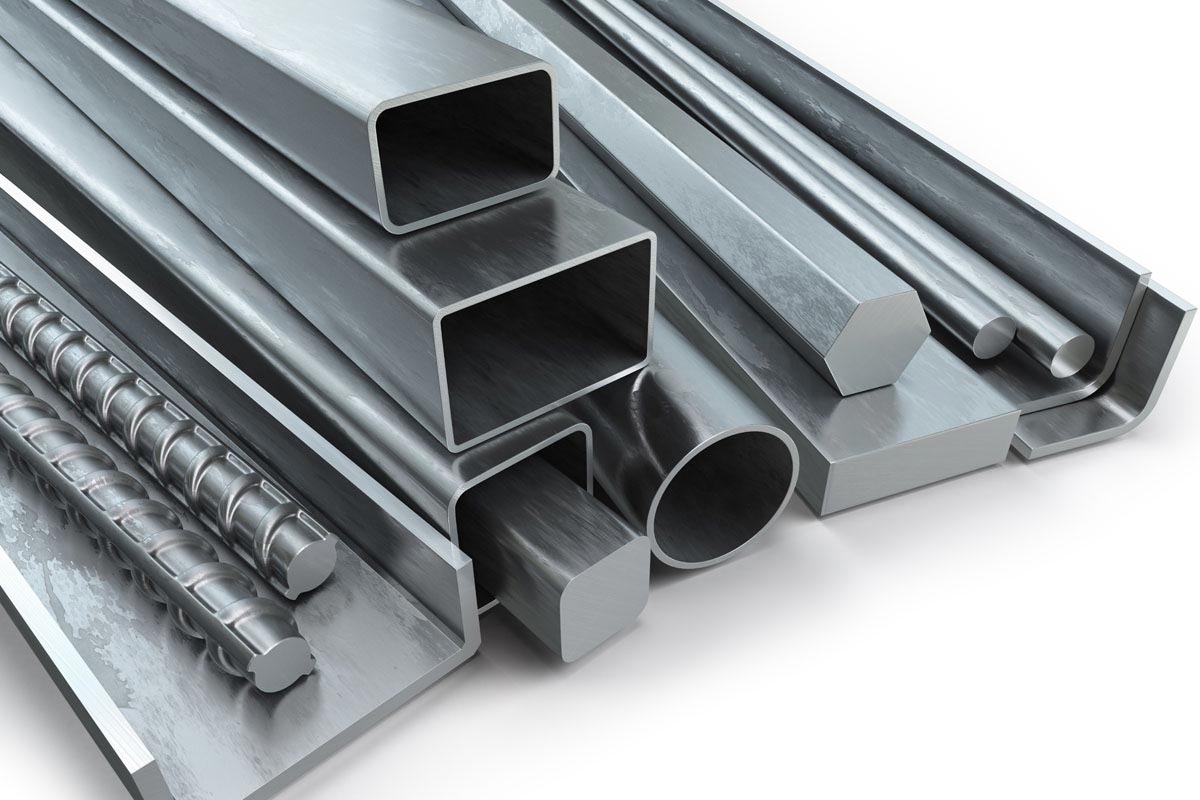Carbon steel and stainless steel are both metals and can be seen in many different production processes. The primary differences lie in the components that are added to the steel for different uses. Read on to learn more.
Alloys
Steel is made from both carbon and iron. Depending on the grade the carbon total can vary between 0.2% and 2.1% by weight. Although carbon is primarily used, other materials used for the same effect include magnanese, chromium and tungsten. These different materials determine the tensile strength and durability of steel. With carbon steel, carbon is the main elemental alloy and is defined by the amount of carbon it contains. Stainless steel has a higher content of chromium to give an invisible layer preventing corrosion as well as staining. With a higher carbon content, carbon steel, gives it a lower melting point as well as greater durability and malleability as well as better heat distribution qualities.
Carbon And Stainless Steel
Stainless steel has a lustre and is available in many grades increasing the amount of chromium in the alloy until the steel is as reflective as a mirror. Even a lay man can see the difference as carbon steel is dull and has a plain finish, similar to wrought iron fencing or a pot made from cast iron.
Differences
Stainless steel has a chromium oxide layer and carbon stel does not. However, carbon steel can corode as opposed to stainless steel that offers protection from corrosion. This makes it preferable for many applications in the house as well as decorative applications in the construction industry. Carbon steel often the choice in manufacturing and prodution as well as projects where the steel is primarily hiden from view. Stainless steel also has a lower level of thermal conductivity than that of carbon steel.




